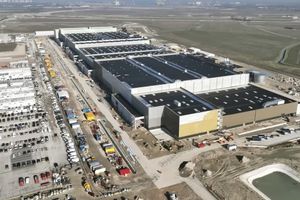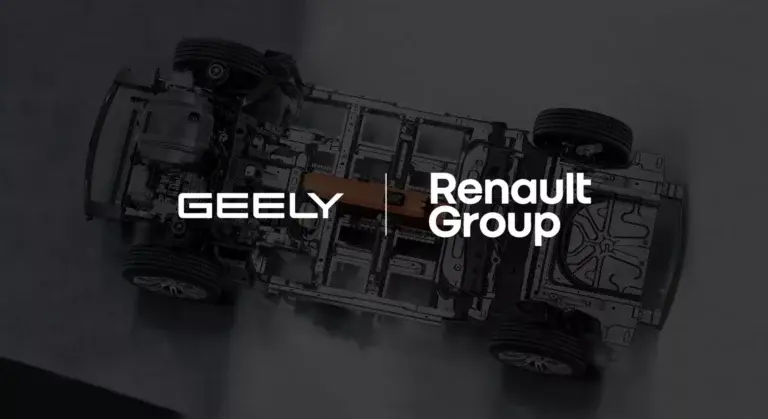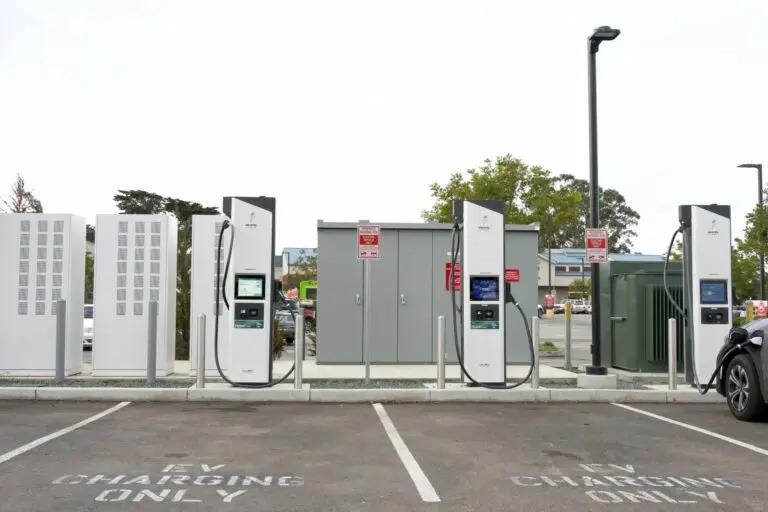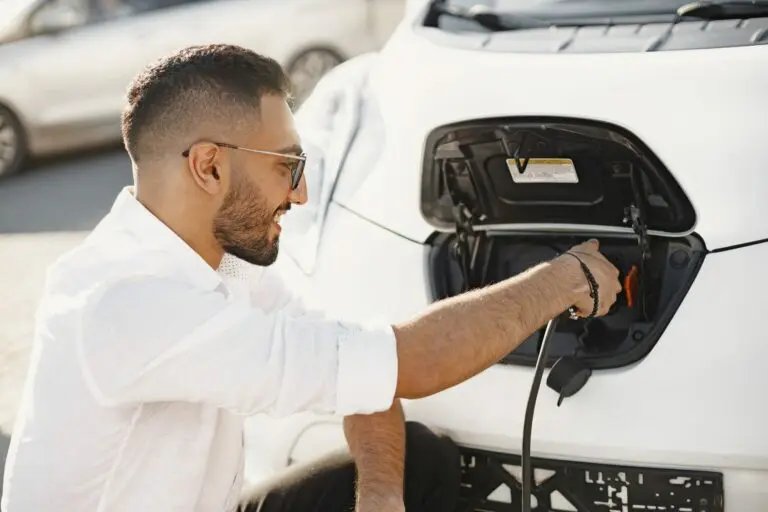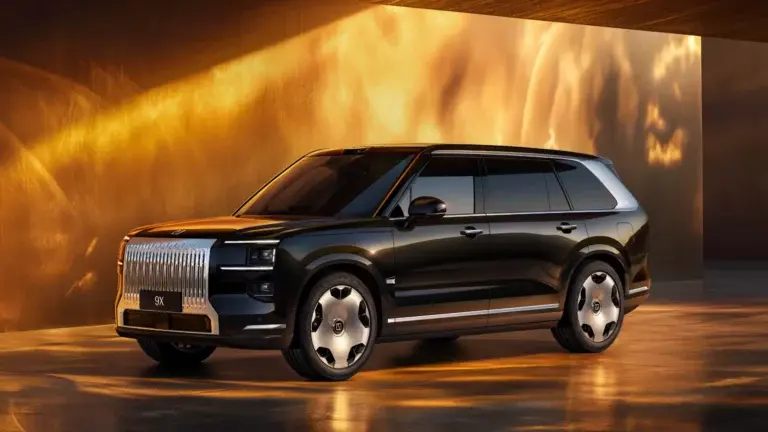A Global Revolution at Different Speeds
The transition to electric cars knows no borders, but nations approach this shift with varying energy, strategies, and goals. In France, electrification of the vehicle fleet is progressing, driven by public incentives, growing demand, and gradual engagement from automakers. But in this global race, the question remains: can France keep pace with giants like China, the undisputed leader in electromobility, Germany, methodical and powerful, or the United States, recently energized by massive investment plans?
The global market is evolving rapidly. According to the International Energy Agency (IEA), electric vehicle (EV) sales grew by over 25% in 2024, reaching 17.1 million units—nearly one in four cars worldwide. British consultancy Rho Motion predicts sales could rise another 17% in 2025, surpassing 20 million units. China alone absorbs almost two-thirds of the market. Meanwhile, Europe struggles to keep pace amid industrial, social, and environmental challenges, while the U.S. has strategically turn toward industrial and energy sovereignty.
In this landscape, France brings its strengths and ambitions, but also its vulnerabilities. To understand its position, we must observe how other major players are progressing—in factories, on roads, in batteries, and in public policies.
France: Progress Underway but Still Fragile
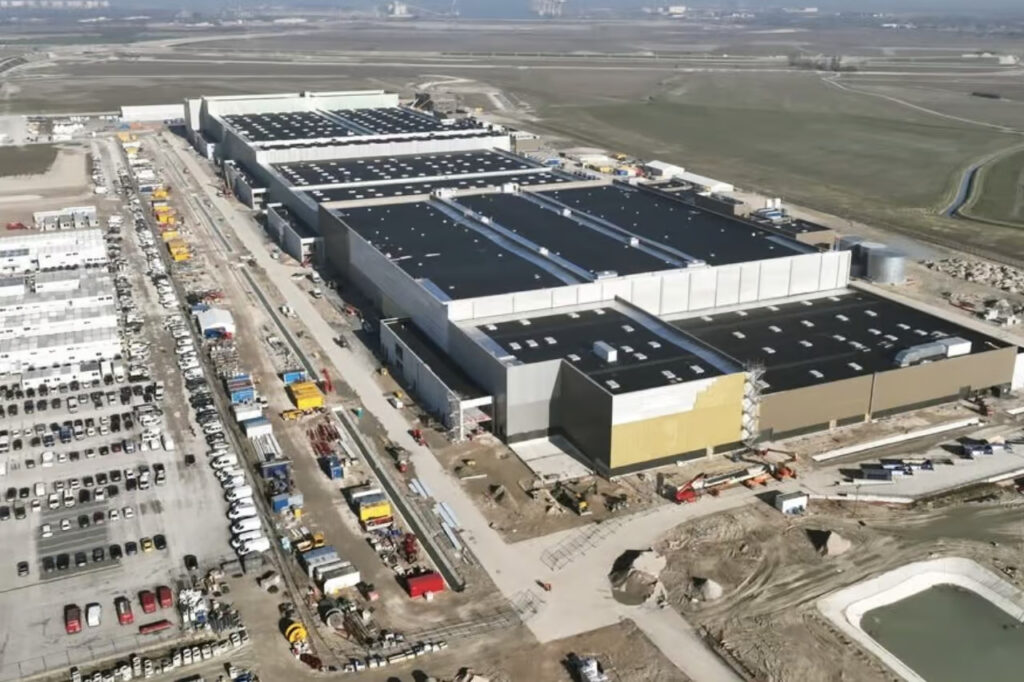
In 2024, one in five new cars sold in France was electric. This steady rise is supported by incentives like the ecological bonus, low-emission zones (ZFE), and the 2035 ban on new combustion vehicle sales. Renault, Peugeot, and Citroën have multiplied their announcements, firmly setting the course.
Renault emerged as the hybrid leader in France in 2024, with 118,591 units sold and a 24.7% market share. On the fully electric front, Renault registered 55,309 units, a 37.5% increase, holding 17.4% of the market.
Yet, challenges remain. The range of 100% French electric models is limited, particularly for entry-level vehicles. Charging infrastructure, though strengthened with over 155,000 stations installed, remains unevenly distributed. The industrial apparatus is reorganizing around sites like Douvrin, Flins, and Douai, but must further accelerate.
On batteries, France is trying to catch up. Dependence on Asia remains high, though three gigafactories (ACC, Verkor, ProLogium) are under construction. However, ProLogium has delayed its launch to 2028. France is progressing but is not yet a leader, seeking its model between ecological ambition, industrial competitiveness, and social acceptance.
China: The Electric Giant
China is the undisputed champion. Early political will, massive subsidies, and an unparalleled industrial network have propelled it forward. In 2024, nearly two-thirds of global EV sales were in China, with a 40% year-on-year growth. According to the China Passenger Car Association (CPCA), China sold 10.9 million hybrid or electric models—a record representing almost half of all vehicles sold nationally.
Local manufacturers like BYD, NIO, Xpeng, and Li Auto dominate. BYD even surpassed Tesla in both sales and revenue ($107.2 billion vs. $97.7 billion). Chinese brands master the full value chain—from battery to embedded software—while CATL supplies much of the world’s batteries.
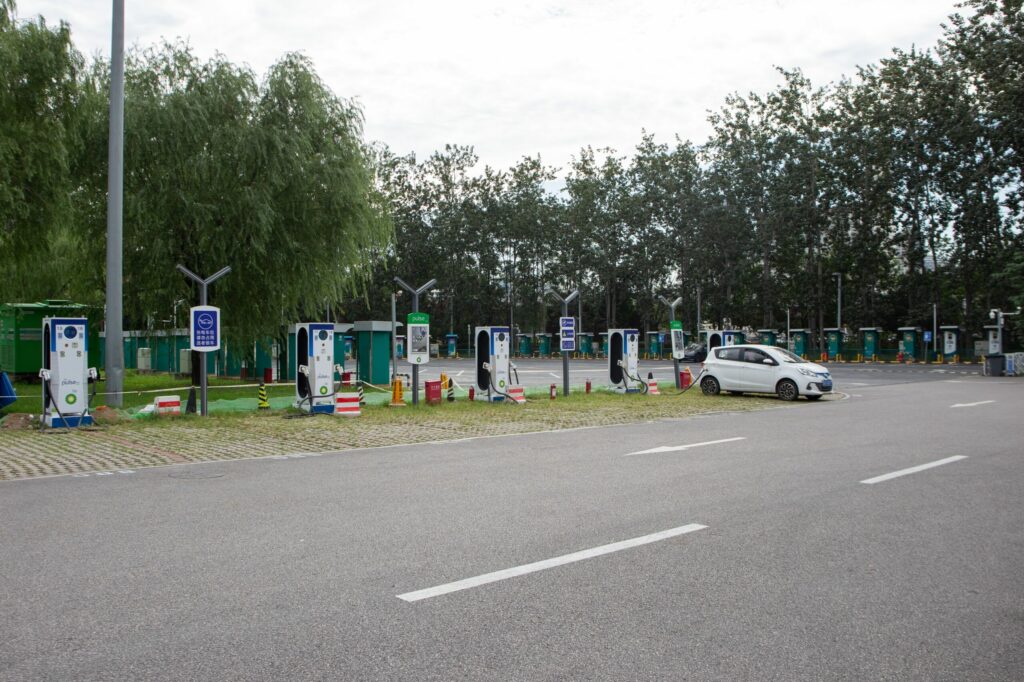
Charging infrastructure is booming, with 12.82 million charging points by end-2024. According to the China Electric Vehicle Charging Infrastructure Promotion Alliance (EVCIPA), public chargers rose 49% year-on-year, with one charging point for every 2.7 EVs. China plans to add 73,000 new stations and over 1 million public chargers in 2025.
This expansion supports rapid market growth: in 2024, new energy vehicles (NEVs) made up 40.9% of new car sales. At this pace, 50% could be reached by 2025. Yet, this dominance stirs tensions: the U.S. and EU accuse China of unfair practices and are imposing trade barriers that may intensify.
Germany: The Industrial Method
Germany was not the fastest to embrace EVs, but advanced rigorously. Major automakers (Volkswagen, Mercedes-Benz, BMW) reoriented post-Dieselgate, investing heavily in electrification. Volkswagen alone invested over €100 billion in EV production.
Germany also focuses on industrial sovereignty, with several battery factories underway and partnerships with France (ACC) and Sweden (Northvolt, which recently filed for bankruptcy).
Its charging network expands rapidly thanks to initiatives like Ionity. However, the German EV market shows signs of slowdown. The end of public subsidies led to an 18% drop in new EV registrations in 2024. Exports to China and the U.S. struggle.
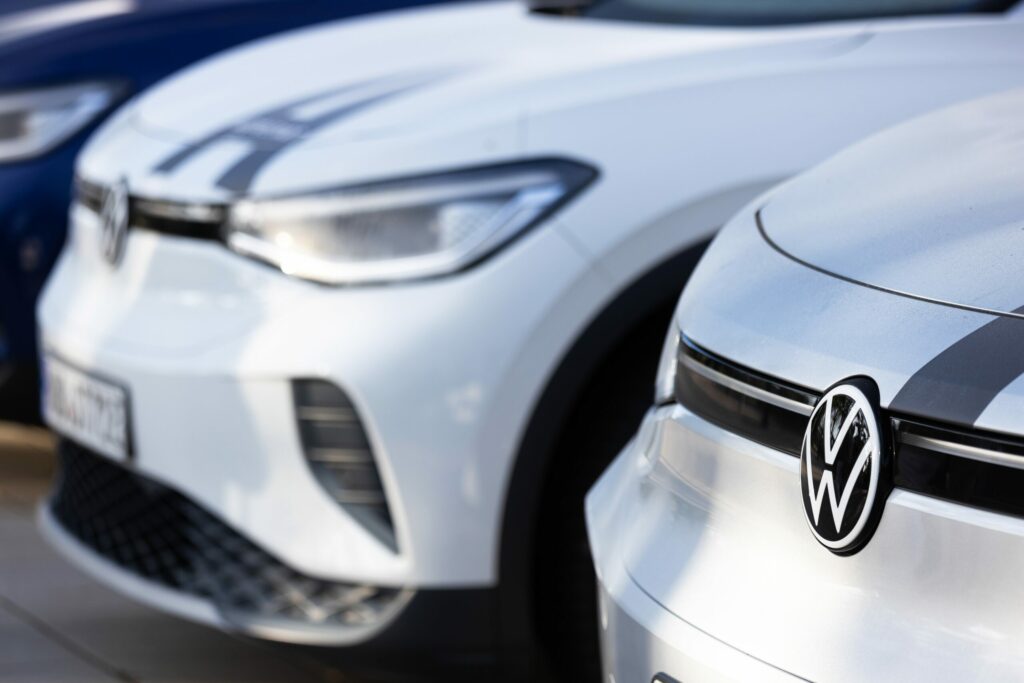
Overproduction now exceeds demand, creating wage pressures, job cuts, and factory closure fears. German unions push for a « fair » transition to avoid massive layoffs. Industry morale is low, similar to pandemic levels. Still, some observers remain optimistic. According to them, the temporary slump could lower EV prices, which might boost demand and benefit consumers.
United States: Biden’s Electric Shock
Long behind, the U.S. is back in the game thanks to the 2022 Inflation Reduction Act (IRA), a $369 billion investment plan favouring domestically made EVs and batteries.
Tesla remains the U.S. flagship, far ahead of Ford, GM, and Rivian, though they are catching up. In 2024, 1.2 million EVs were sold—a 49% increase from 2023—with EVs now making up 7.6% of new car sales.
Tesla’s Supercharger network continues to expand, now open to other brands. The main challenge remains infrastructure, particularly in rural areas, and adoption varies greatly between states. California leads with more electric chargers than gas stations. According to Governor Gavin Newsom, California had 178,549 charging units by 2024—almost 50% more than gas stations.
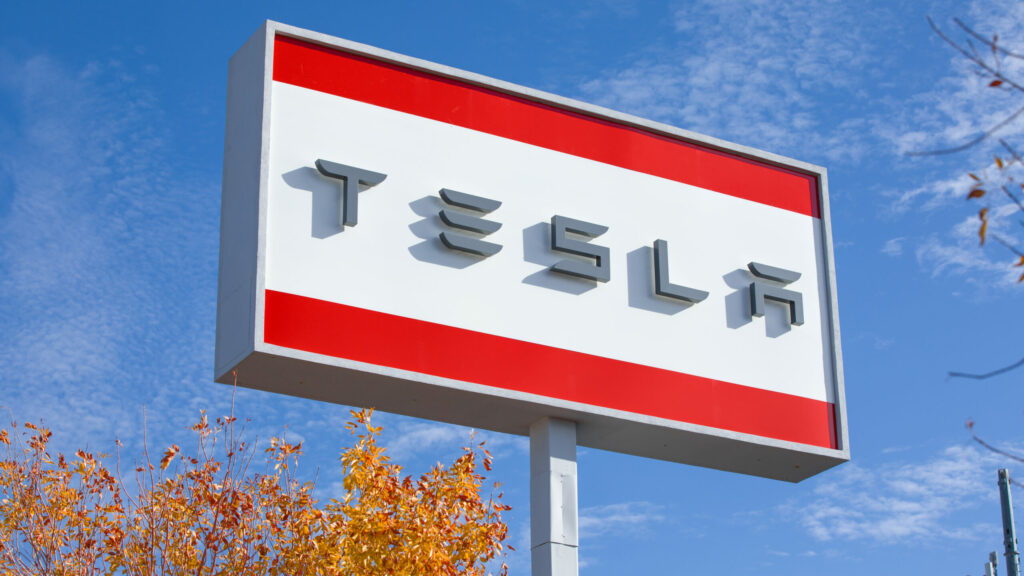
However, political shifts could threaten momentum: a new Trump administration could slow EV adoption. In many regions, like the Midwest and South, combustion engines still dominate.
Culturally, large electric SUVs top sales, while compact models lag. In 2024, according to Kelley Blue Book, the average EV price was $50,789, though prices are gradually falling thanks to Tesla’s cuts and government incentives.

